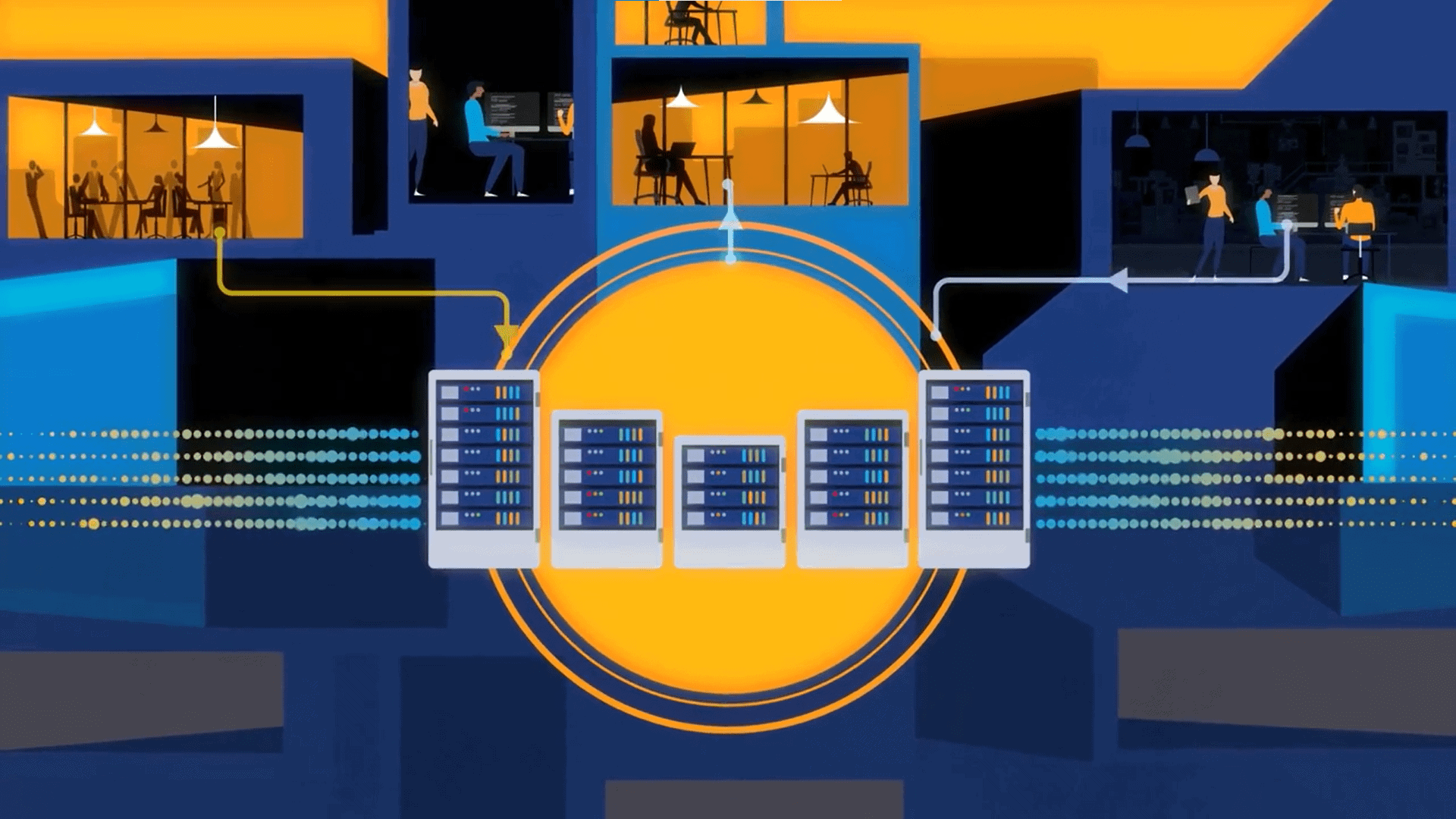
AI holds significant promise for transforming public service organizations by enhancing efficiency, responsiveness, and decision-making. By adopting a cautious yet proactive approach, public agencies can harness AI to better serve their communities.
Artificial intelligence (AI) has the potential to transform public service organizations, offering opportunities to enhance efficiency and responsiveness. While the private sector has embraced AI extensively, public agencies are cautiously exploring its potential.
The interest in using AI gets at the root of many of the challenges public service organizations are dealing with today. Specifically, public service organizations face mounting pressures to operate with greater fiscal responsibility while still meeting the evolving needs of their constituents. With limited budgets and increasing demand for services, these organizations are expected to do more with less. The way to accomplish that is by streamlining operations, reducing costs, and minimizing waste without compromising service quality.
Additionally, economic constraints, coupled with heightened public scrutiny and accountability, have forced many agencies to adopt more strategic approaches to resource management, including using data-driven decision-making and performance metrics to identify inefficiencies and areas for improvement.
At the same time, public expectations for fast, personalized, and accessible services, shaped by experiences in the private sector, are transforming the way public services must be delivered. Citizens now expect the same convenience and responsiveness from government agencies that they receive from digital-first companies. This shift is driving public service organizations to invest in modern technologies, such as automation, cloud computing, and digital platforms, to enhance service delivery while reducing overhead. Increasingly, AI is being added to that list of technologies.
Quick Wins: Where AI Can Deliver Immediate Impact on Public Services
AI technologies can streamline operations and improve public service delivery in several key areas:
- Customer Service and Constituent Engagement: AI-powered chatbots and virtual assistants can handle routine inquiries, reducing wait times and freeing up human resources for more complex tasks. For instance, Amarillo, Texas, is developing a multilingual digital assistant to help residents and new immigrants interact with city services.
- Administrative Efficiency: AI can automate repetitive tasks such as data entry, document processing, and scheduling, leading to significant time and cost savings. Local governments are utilizing AI to effectively manage service requests and internal operations.
- Infrastructure and Transportation: AI systems optimize traffic flow and infrastructure maintenance. Maryland has implemented AI-controlled traffic lights that adjust in real-time based on traffic conditions, improving congestion management.
Challenges Hindering AI Adoption
Despite the promising applications, several challenges impede the widespread integration of AI in public service organizations:
- Legacy Systems: Many government agencies operate on outdated IT infrastructures that are incompatible with modern AI technologies. Upgrading these systems requires substantial investment and time.
- Resource Constraints: Implementing AI solutions necessitates financial investment and skilled personnel. Budget limitations and staffing shortages can hinder the adoption and maintenance of AI technologies.
- Security and Privacy Concerns: Handling sensitive data with AI tools raises concerns about data breaches and misuse. Ensuring robust cybersecurity measures and compliance with privacy regulations is essential.
- Ethical and Legal Considerations: The use of AI in decision-making processes, such as surveillance or personnel management, can lead to ethical dilemmas and potential legal issues. For example, the deployment of AI personas by law enforcement agencies for undercover operations has sparked debates over civil liberties and transparency.
See also: Improved Service Delivery Drives AIOps Use in Government
Overcoming the Challenges
Organizations must undertake several efforts to harness AI’s full potential in public service.
To start, they must modernize their infrastructure. For example, they must upgrade legacy systems to support AI integration. That includes adopting cloud-based solutions and ensuring interoperability between systems.
Like their private sector counterparts, public service organizations must build AI expertise. That can be accomplished by developing a skilled workforce through training and recruitment to address the talent gap in AI implementation and management.
Public service organizations must establish clear policies and guidelines for AI adoption and use. At the Federal level, the past administration, via Executive Order 14110, laid out eight guiding principles and priorities to govern the development and use of AI. The goal of the framework set forth by the Biden administration was to ensure ethical considerations, data privacy, and accountability of using AI were addressed. (Even though Executive Order 14110 was rescinded in January, its principles can be leveraged by state, county, and local public service organizations.)
And obviously, the best way to implement AI (like any new technology) is to start with pilot programs. In particular, small-scale pilot projects allow agencies to assess the effectiveness of AI solutions. Seeing AI in action also allows agencies to make necessary adjustments before broader deployment.
Some successful AI implementations are already happening across different levels of government. Examples include:
Local Level: The city of Amarillo, Texas, built a virtual assistant named Emma powered by AI to assist residents and immigrants in accessing city services, aiming to improve communication and service delivery.
State Level: Maryland has implemented an AI-controlled traffic light. The system leverages AI to improve infrastructure and traffic management, leading to more efficient transportation systems.
Federal Level: The General Services Administration (GSA) is developing GSAi, a custom generative AI chatbot designed to enhance productivity and analyze procurement data, aligning with efforts to modernize federal operations.
A Final Word on AI in Support of Public Services
AI holds significant promise for transforming public service organizations by enhancing efficiency, responsiveness, and decision-making. While challenges exist, strategic investments in infrastructure, workforce development, and ethical frameworks are needed to ensure successful AI integration. By learning from existing implementations and adopting a cautious yet proactive approach, public agencies can harness AI to better serve their communities.






























